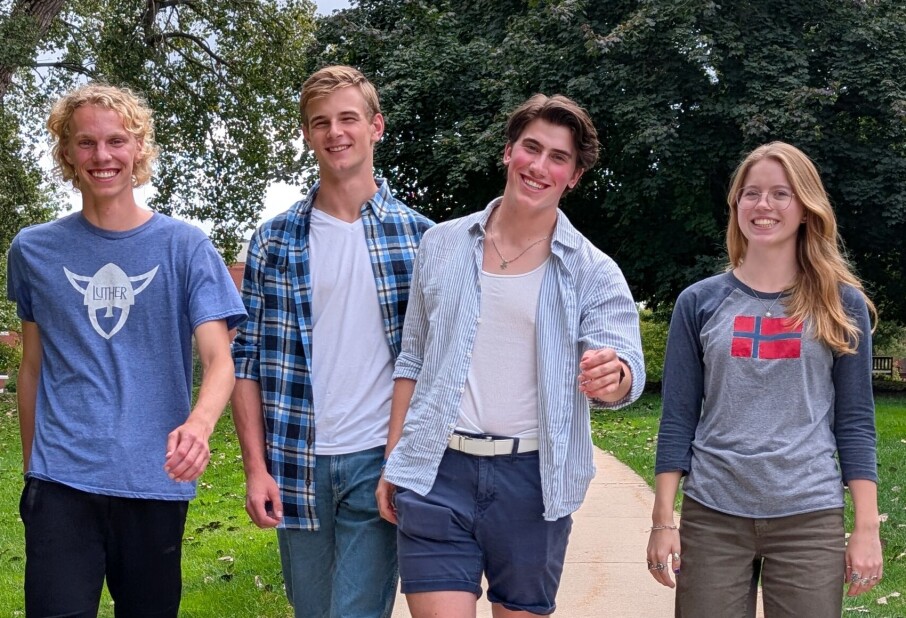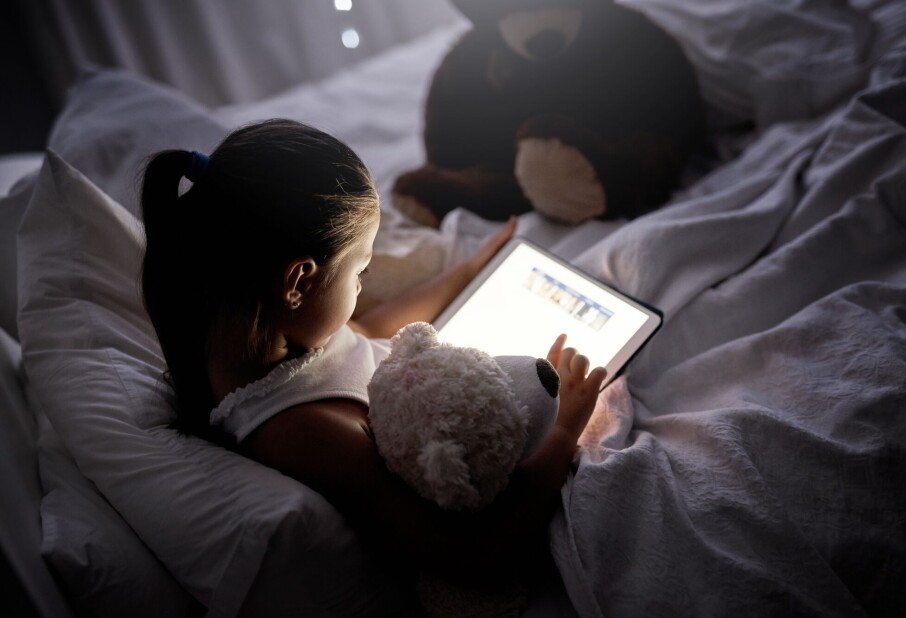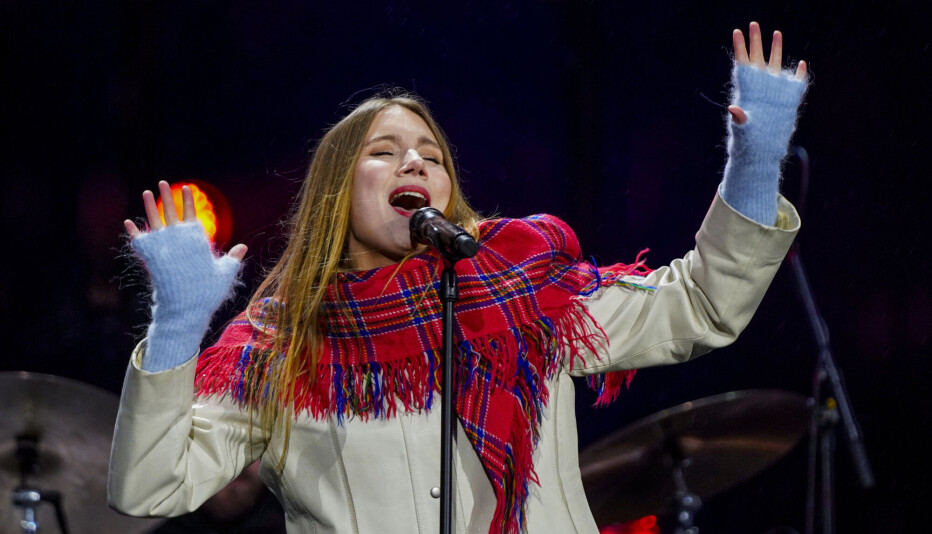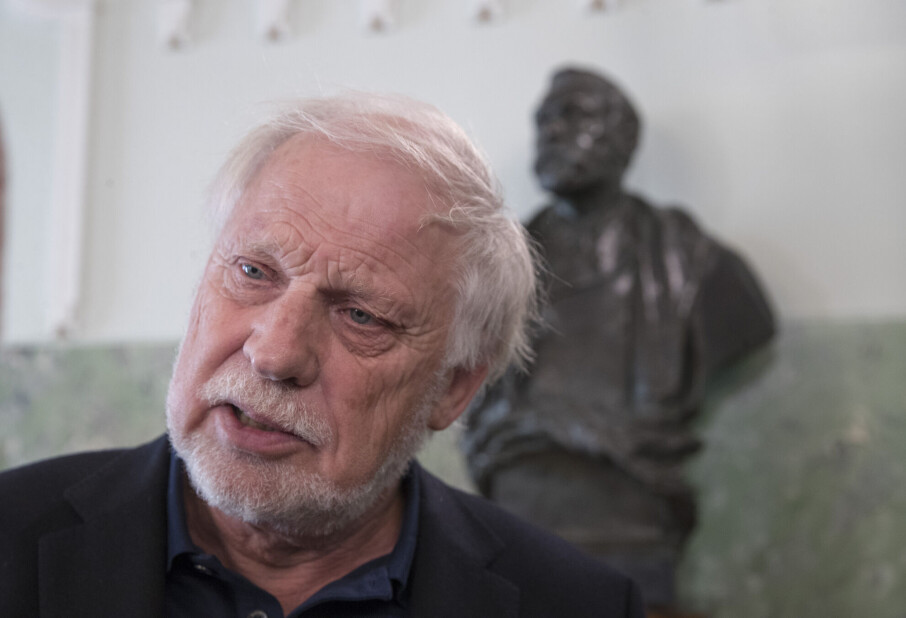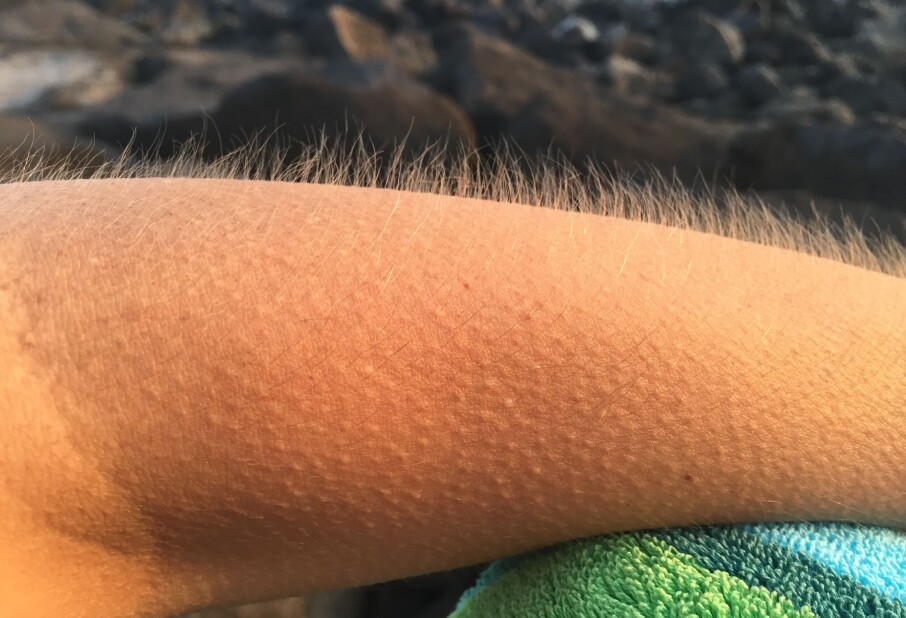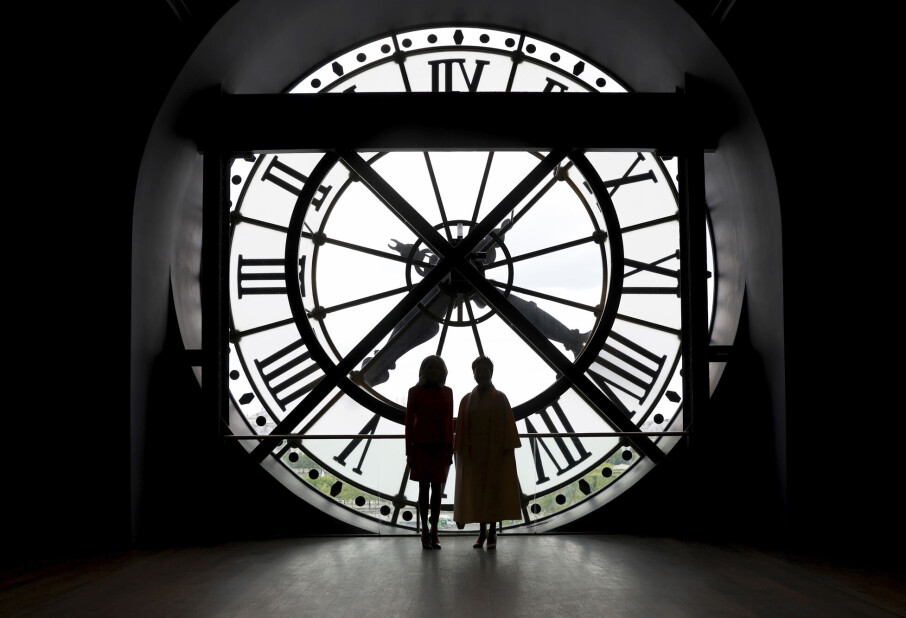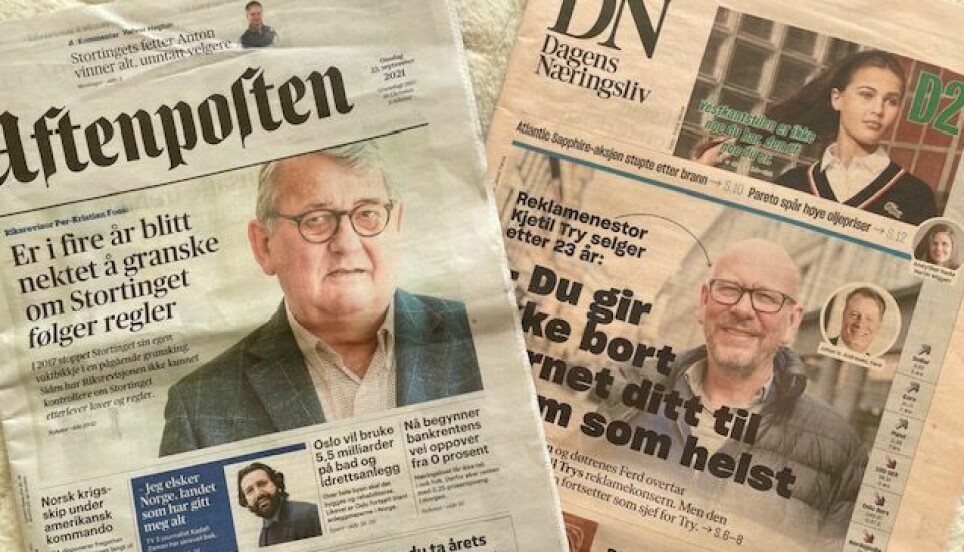
Women are less frequently quoted in the news than men
This statistic has barely changed over the last ten years.
Norway is one of the world's top countries when it comes to gender equality.
The country has now had a female prime minister for the last eight years. Women make up 45 per cent of the newly elected representatives to the Norwegian parliament, the Storting. And Norwegian women have overtaken men when it comes to taking higher education.
But there’s one place where gender equality hasn’t kept up: women are clearly less visible in the news media than men.
Developments here are surprisingly slow.
The proportion of women who are sources for articles and features in the Norwegian news media has only increased by 2 percentage points in ten years — from 31 per cent in 2010 to 33 per cent in 2020.
These figures come from a new study from Oslo Metropolitan University (OsloMet).
Monitored the whole world on a single day
The survey is part of a global study called "Who makes the News?", a part of the Global Media Monitoring Project (GMMP).
This is a worldwide research project on gender in the media.
Every five years since 1995 — on one single day — the GMMP has monitored the distribution of female and male sources in the news.
On this one day every year, journalism students and researchers in 116 countries count how many men and women appear in the news landscape.
Dramatically underrepresented
In all years, the survey has shown that women are dramatically underrepresented in the news.
In 2020, women represented just 25 per cent of the sources of news worldwide.
The figure for European media isn’t much more encouraging.
In Europe, women represented 28 per cent of those who were interviewed on the one day the survey was conducted.
While Norway is high in relation to the world average, with women making up 33 per cent of all news sources, its neighbouring countries Sweden and Denmark are somewhat higher.
Printed newspapers skewed
Elisabeth Eide is professor emeritus at the Department of Journalism and Media at OsloMet.
She has spent many years studying the gender distribution in the media and has led the Norwegian part of GMMP's survey since Norway joined in 2005.
At that time, women were only 20–25 per cent of all sources in the Norwegian media.
So there has been an improvement.
But change isn’t happening very fast. And the slowest to change are printed newspapers, she says.
In 2015 and in 2020, the proportion of female sources in printed newspapers was only 27 per cent.
In radio and television, the proportion is somewhat higher, at 36 and 40 per cent, respectively.
“This may be related to the fact that there are fewer female journalists working in printed newspapers than there are in the other media,” Eide said.
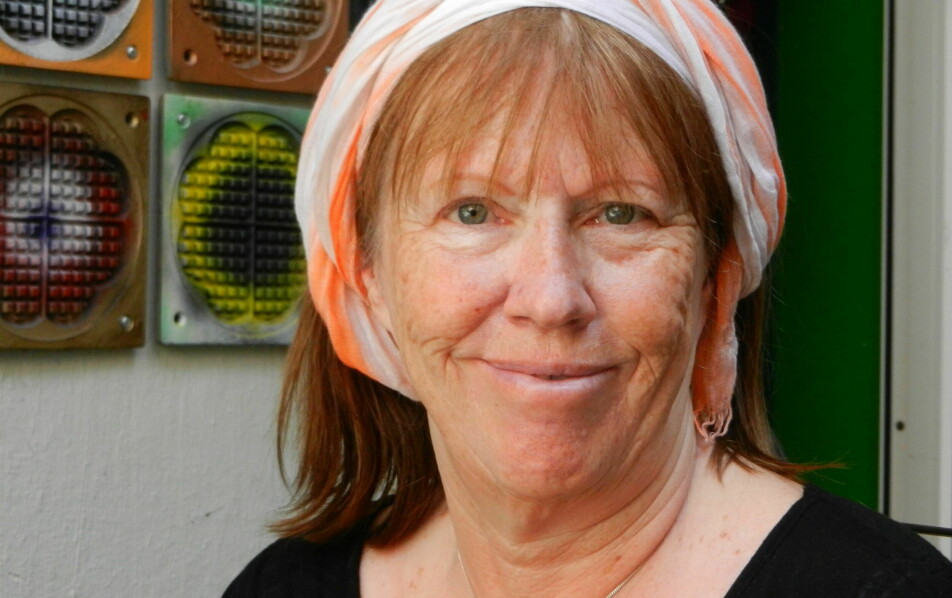
Women are more often the example
Even though many women hold leadership positions in the Norwegian workplace, such as in academia, far fewer women than men tend to be interviewed as experts.
A study from 2019 shows that male professors are overrepresented as sources in newspapers, and they are more visible than the proportion of men in academia would suggest. Male professors are quoted more often in news stories, while female professors are quoted relatively more often in feature articles.
Elisabeth Eide and her colleagues Birgitte Kjos Fonn and Ragnhild Fjellro found women represented only 29 per cent of experts cited in Norwegian newspapers in 2020. The number was somewhat higher in other media.
The survey also shows that women are used to personify issues for a story more often than men. In other words, the journalists ask them to speak personally about something they may have experienced or have fallen victim to.
Men decide what is important
There are many reasons that explain this situation, Eide said.
The main explanation that is cited in the research is that the media has inherited a male-dominated tradition in determining what makes for important news, she says.
“Some areas are perceived as more important than others, such as sports, foreign affairs and politics,” she said.
“The areas in which women often work, such as education and care, are somewhat less interesting to the media when it comes to news,” she said.
There are other important explanations for why women are less likely than men to be used as sources, she says.
“Women are more likely than men to work in the public sector, where the workplace is hierarchical and there are strict rules governing who is allowed to speak. As a journalist, you cannot go to a hospital and talk to a nurse or auxiliary nurse without first obtaining permission from that person's supervisor,” she said.
Tough, clear men
Journalism is still top heavy with men. In the business world, overall, a large majority of the top leaders are still men.
Eide believes both of these facts explain the unequal distribution between men and women as sources.
However, this is not true to the same degree for politics in Norway.
But there may be some other issues that matter in politics, she believes. Newsrooms place great emphasis on sources that have a pointed, clear message, as well as individuals who are tough and controversial.
Men are often the sources who have these characteristics.
“A clear example from politics is Mímir Kristjánsson, a politician with the Norwegian Red Party, and the Progress Party's Carl I. Hagen. They deliver strong talking points for good introductions and a continual flow of headlines,” she said.
Are women more likely to say no?
Journalists have said that women themselves refuse to be used as news sources.
A study by the Norwegian Institute for Social Research called the Status of Freedom of Expression in Norway 2013–2014 actually confirms this is true.
The study says that many women are reluctant to participate in the Norwegian public debate. Some say no because they are scared away by so-called online trolls. Women get more comments on social media related to their gender and appearance than men do.
Eide believes this may be an important reason why female sources are more reluctant to be interviewed than male sources.
Women “expire” faster than men
It also looks like women have an earlier "Best before date" than men, she said.
The Danish GMMP researchers have written a report based on their study in Denmark that looked at the age of media sources in addition to gender. Once women reach an age of about 50, they found, they become less and less visible in the media.
Once women have reached the age of 65, they have almost completely disappeared.
The absence of older women in the media has also been documented by researchers in the Nordic, European and global sample of media included in the survey, the researchers at Roskilde University in Denmark wrote in their report.
Drawbacks to measuring only one day
As a researcher, Elisabeth Eide is also concerned about whether the measurement methods she and her colleagues use are good enough. Monitoring the news landscape for only one day each year has important weaknesses, she says. But it can also have some strengths.
“It’s a clear strength that the survey is conducted in so many countries and that everyone uses the same methodological approach,” she said.
“But the fact that we study just one day means there are many possible sources of error. If a big news event happens on the day we take our sample, that can also bias the news coverage,” she said.
That was exactly what happened in 2015.
On the day researchers worldwide had agreed that the study should be undertaken, a German passenger plane crashed in the Alps. This story was high on the news agenda in many countries. The sources were predominantly men, who represented the rescue crews and aircraft experts.
The coronavirus dominated the news for most of 2020, including on the day when the count took place.
During the coronavirus pandemic, Norway had a male Minister of Health, and two other men were at the top of the Norwegian Directorate of Health. That may be part of the reason that it was mostly men who were quoted in the news, Eide said.
Important to count
Eide believes that it is very important that researchers, editors and journalists maintain their awareness of gender in the media, even though society is slowly but surely moving in the right direction.
“We researchers can get a little tired of counting. But without a numerical accounting, people often think that reality is better than it is. When I talk to journalists and the public, I often find that many are surprised by the numbers I present,” she said.
She also points out that the work is becoming more complicated, as society becomes more cognizant of other gender categories.
“Groups other than women are also underrepresented in the media, such as different minorities. As a result, it’s important that we be aware of all types of groups that are underrepresented in the media — as well the interaction between different group identities.”
One national newspaper is keeping tabs
The national tabloid newspaper VG has an editorial staff that decided to keep tabs on the genders of their sources.
Øyvind Brenne is development director at VG. He says that they have a tool that closely monitors whether their readers are women or men as well as the gender balance between people who talk to VG journalists.
“We know that we have an imbalance. We want to do something about it,” he said.
“We at VG want to be the news channel for everyone. That’s why we have our own tool which records how many ‘she says’ and ‘he says’ are in our stories, and also monitors whether there are pictures of men or women in our articles,” he said.
It’s all about awareness
VG regularly informs its journalists about these figures. And in the areas where the size of the gender imbalance is greatest, such as in VG’s sports coverage, the focus on change is also the greatest.
“We don’t want to get desperate, though. When Rosenborg (Football Club) has played a match, our readers want to hear what the players on the team have to say. Then it’s not so easy to choose sources based on gender,” Brenne said.
But in the cases where a journalist can choose who to call, awareness is key, Brenne said.
His figures show that readers like seeing more voices and perspectives in VG's articles.
“More generally, however, it’s still much easier to get men than women to be interviewed. It often takes more time and effort to find and use female sources,” he said.
“I think it's partly due to men selling themselves more easily. Maybe it's because it’s our culture,” he said.
Translated by Nancy Bazilchuk









